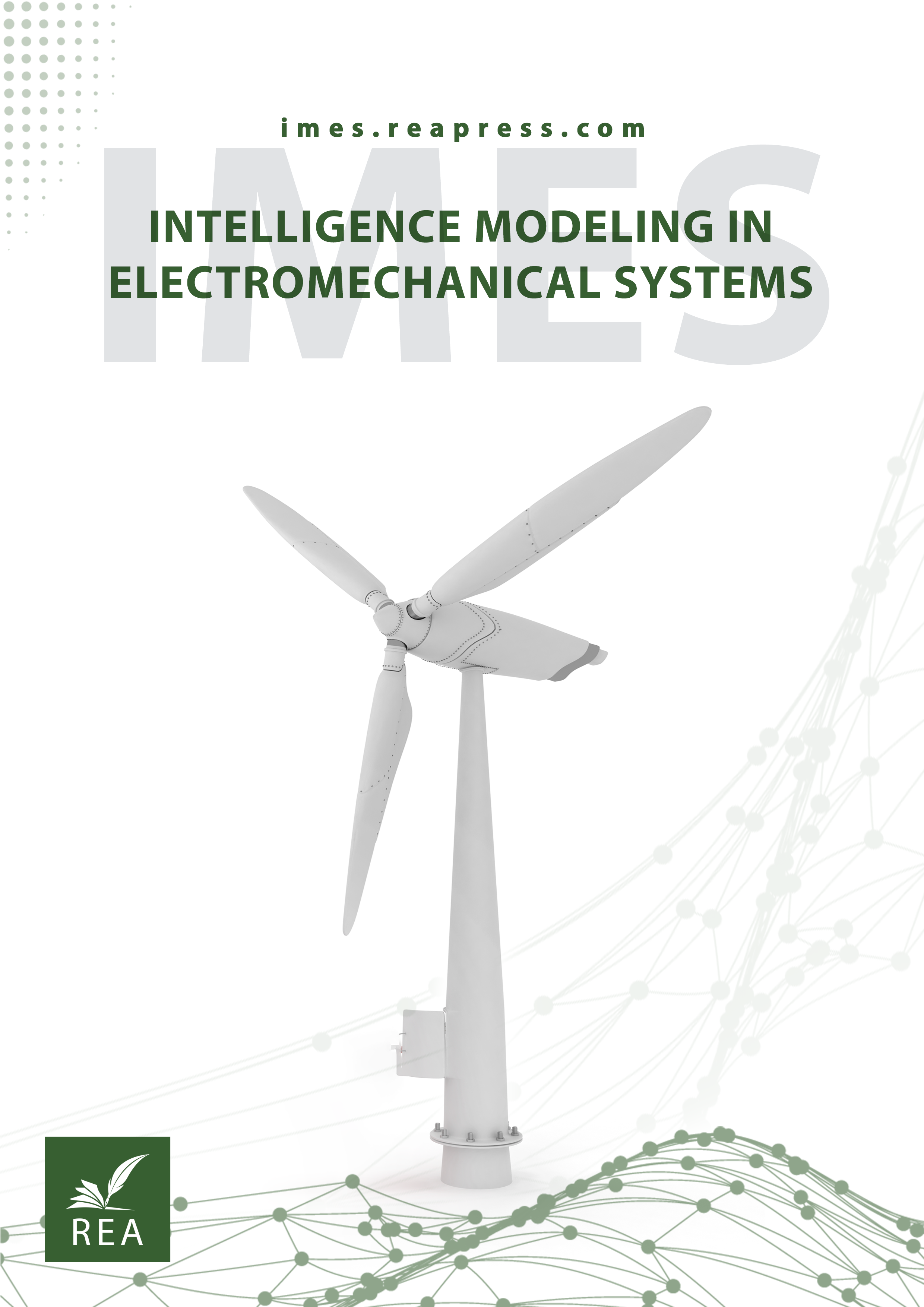Application of Electrical Transient Analyzer Programing (ETAP) Algorithmic Power Flow Equations for Load Flow Analysis
Abstract
Load flow analysis is a critical component of power system analysis, as it allows engineers to determine the steady-state operating conditions of an electrical system. Traditional methods of load flow analysis involve solving a set of nonlinear algebraic equations, which can be time-consuming and prone to errors. In this study, the development of algorithmic power flow equations for load flow analysis in ETAP software was aimed to provide a more efficient and accurate method for analyzing power flow in electrical systems in various power zones in Uyo, Akwa Ibom State, Nigeria. The traditional methods of load flow analysis are often complex and time-consuming, requiring manual calculations and iterations to converge on a solution. This can be a barrier to efficient power system analysis, particularly in large and complex electrical systems. The need for a more efficient and accurate method for load flow analysis has led to the development of algorithmic power flow equations in the ETAP software. The methodology of this study involved the development of algorithmic power flow equations based on the principles of power flow analysis. These equations were then implemented in the ETAP software, allowing the performance load flow analysis with greater efficiency and accuracy. The algorithmic equations were designed to solve the power flow equations iteratively, converging on a solution that accurately represents the steady-state operating conditions of the electrical system. The software revealed a maximum efficiency of 97.66% for the various zones such as Faith Street S/S3, Mask S/S, NEPA Road S/S2, Peter Uboh S/S4, PORT Harcourt Street S/S, Silas Udo S/S and Winners Chapel 47. In all these zones, core losses of 0.375, 0.062, 0.375, 0.625, 0.625, 0.062 and 0.375 were obtained. It was observed that in rural areas with lower electrical demand and less industrial activity, power transformers might have a longer replacement time and lower full-load current. Maximum rated power of 500. The findings demonstrate the effectiveness of the ETAP algorithmic power flow equations in calculating power flow in electrical systems. The algorithm is able to converge on a solution quickly and efficiently, providing a reliable tool for load flow analysis.
Keywords:
Load flow, ETAP software, power flow equations, power efficiency, core lossesReferences
- [1] Nta, E. E. (2022). Evaluation of electric power losses on 33/11 kv distribution feeder networks in uyo urban, Nigeria using loss factor approach. European journal of electrical engineering and computer science, 6(6), 39–46. https://doi.org/10.24018/ejece.2022.6.6.457
- [2] Irokwe, N. V, & Amako E. (2021). Electrical load flow analysis for improved power supply to opolo community in Bayelsa state using ETAP. IOSR journal of electrical and electronics engineering (IOSR-JEEE), 16(4), 49–58. https://B2n.ir/kx3044
- [3] Noureddine, T., & Djamel, L. (2021). Load flow analysis using newton raphson method in presence of distributed generation. International journal of power electronics and drive systems, 12(1), 489–498. https://doi.org/10.11591/ijpeds.v12.i1.pp489-498
- [4] Bello, I., Umar, M. B., & Idakwo, H. O. (2016). Determination of bus voltages, real and reactive power losses in the Northern Nigeria 330Kv network using power system analysis tool (PSAT). Science, 4(5), 35–43. https://doi.org/10.11648/j.sjee.20160405.11
- [5] Stitou, H., Atillah, M. A., Boudaoud, A., & Mounaim, A. (2024). ETAP software based power flow analysis of 225/60/11kv substation in tinghir. E3S web of conferences (Vol. 582, p. 1003). EDP Sciences. https://doi.org/10.1051/e3sconf/202458201003
- [6] Gautam, N. B., Poudel, N., Sunar, Y., Sah, R., Subba, N. K., & Pandey, B. (2024). Enhancing power system performance through capacitor banks: A load flow analysis using ETAP. IUP journal of electrical & electronics engineering, 17(2). https://B2n.ir/qy5529
- [7] Avramidis, I. I., Capitanescu, F., & Deconinck, G. (2021). A comprehensive multi-period optimal power flow framework for smart LV networks. IEEE transactions on power systems, 36(4), 3029–3041. https://doi.org/10.1109/TPWRS.2020.3040502
- [8] Wang, Y., Wu, H., Xu, H., Li, Q., & Liu, S. (2020). A general fast power flow algorithm for transmission and distribution networks. IEEE access, 8, 23284–23293. https://doi.org/10.1109/ACCESS.2020.2970205
- [9] Sexauer, J. M., & Mohagheghi, S. (2013). Voltage quality assessment in a distribution system with distributed generation-a probabilistic load flow approach. IEEE transactions on power delivery, 28(3), 1652–1662. https://doi.org/10.1109/TPWRD.2013.2259599
- [10] Hampton, H., & Foley, A. (2022). A review of current analytical methods, modelling tools and development frameworks applicable for future retail electricity market design. Energy, 260, 124861. https://doi.org/10.1016/j.energy.2022.124861
- [11] She, X., Huang, A. Q., & Burgos, R. (2013). Review of solid-state transformer technologies and their application in power distribution systems. IEEE journal of emerging and selected topics in power electronics, 1(3), 186–198. https://doi.org/10.1109/JESTPE.2013.2277917
- [12] Stanelyte, D., & Radziukynas, V. (2019). Review of voltage and reactive power control algorithms in electrical distribution networks. Energies, 13(1), 58. https://doi.org/10.3390/en13010058
- [13] Murray, W., Adonis, M., & Raji, A. (2021). Voltage control in future electrical distribution networks. Renewable and sustainable energy reviews, 146, 111100. https://doi.org/10.1016/j.rser.2021.111100
- [14] Maza-Ortega, J. M., Acha, E., García, S., & Gómez-Expósito, A. (2017). Overview of power electronics technology and applications in power generation transmission and distribution. Journal of modern power systems and clean energy, 5(4), 499–514. https://doi.org/10.1007/s40565-017-0308-x
- [15] Ardeshiri, A., Lotfi, A., Behkam, R., Moradzadeh, A., & Barzkar, A. (2021). Introduction and literature review of power system challenges and issues. In Application of machine learning and deep learning methods to power system problems (pp. 19–43). Springer. https://doi.org/10.1007/978-3-030-77696-1_2
- [16] Ufa, R. A., Malkova, Y. Y., Rudnik, V. E., Andreev, M. V., & Borisov, V. A. (2022). A review on distributed generation impacts on electric power system. International journal of hydrogen energy, 47(47), 20347–20361. https://doi.org/10.1016/j.ijhydene.2022.04.142
- [17] Okeke, R. O., Ibokette, A. I., Ijiga, O. M., Enyejo, L. A., Ebiega, G. I., & Olumubo, O. M. (2024). The reliability assessment of power transformers. Engineering science & technology journal, 5(4), 1149–1172. https://doi.org/10.51594/estj/v5i4.981


